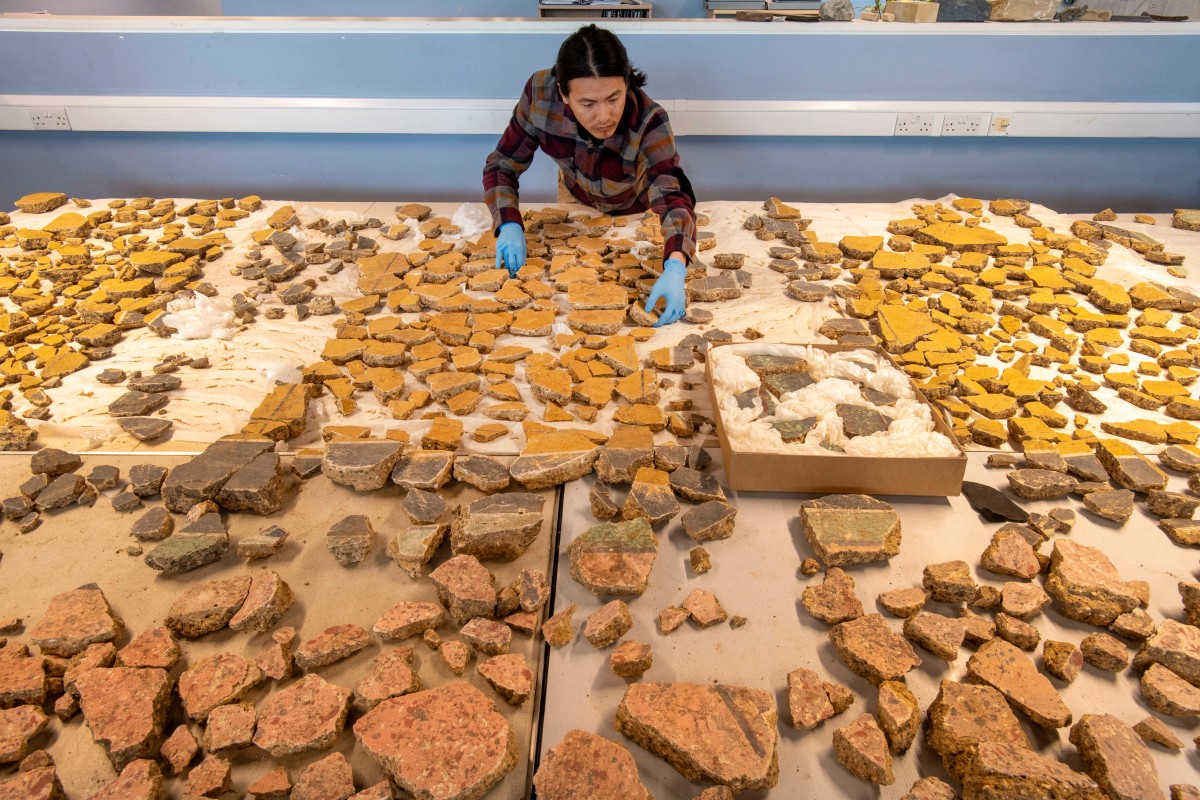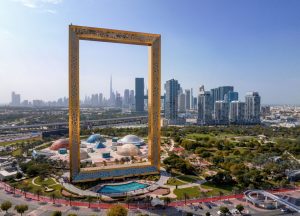London, United Kingdom — Archaeologists have unearthed one of the largest collections of painted Roman wall plaster ever found in London and painstakingly pieced the fragments together, they said Thursday.
The plaster, which was discovered on a construction site in 2021, once decorated around 20 internal walls of a high-status early Roman (AD 43-150) building in Southwark, south of the River Thames, the Museum of London Archaeology (MOLA) said.
The plaster was found dumped in a large pit, having been smashed into thousands of pieces during Roman demolition works that took place some time before AD 200.
MOLA Senior Building Material Specialist Han Li has spent the last three months laying out the fragments and reconstructing the designs.
“This has been a once in a lifetime moment, so I felt a mix of excitement and nervousness when I started to lay the plaster out,” he explained.
“Many of the fragments were very delicate and pieces from different walls had been jumbled together when the building was demolished, so it was like assembling the world’s most difficult jigsaw puzzle. a
“The result was seeing wall paintings that even individuals of the late Roman period in London would not have seen,” he added.
The reconstruction revealed bright yellow panel designs decorated with images of birds, fruit, flowers, and lyres not seen for 1800 years.
Among the fragments is evidence of a painter’s signature, although their name is not among the pieces, as well as unusual graffiti of the ancient Greek alphabet.
Another fragment features the face of a crying woman with a Flavian period (AD 69-96) hairstyle.
The construction site has already yielded mosaics and a rare Roman mausoleum.







